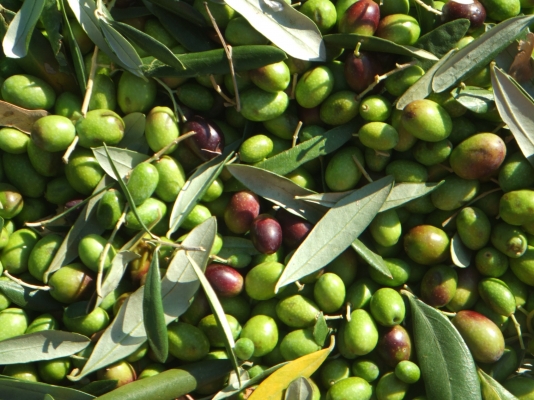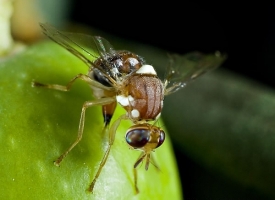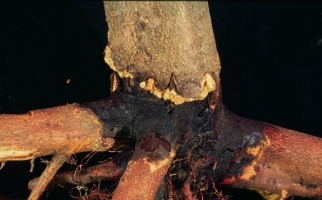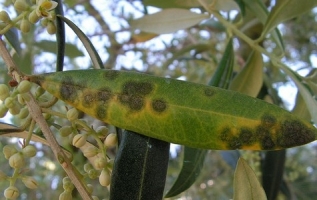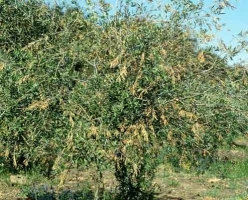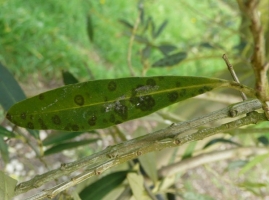Popular Varieties With Their Yield
It has two types
Oil type : Ascolanaterena, Aglandeau, Carolea, Canino, Frontoio, Pendolino.
Pickle type: Ascolano, Coratina, Cornicobra, Grosseune, Mission, Picholine.
Imported from Israel: Barnea, Arbequina, Cortina, Picholine, Picual, Coraniki and Frontoio
Ascolanaterena : Trees are compact type with black fruits. It is resistant to severe cold.
Frontoio: Fruits are medium and having purple black color.
Canino: Trees are spreading type and fruits are small.
Carolea: Trees are short and compact, fruits are large, oval shape and bright black color.
Coratina: Suitable for pickling. Fruits are large and oval shape. Resistant to cold and drought.
Ascolano: Suitable for pickling. Resistant to cold. Fruits are large, spheroidal and black color on ripening.

